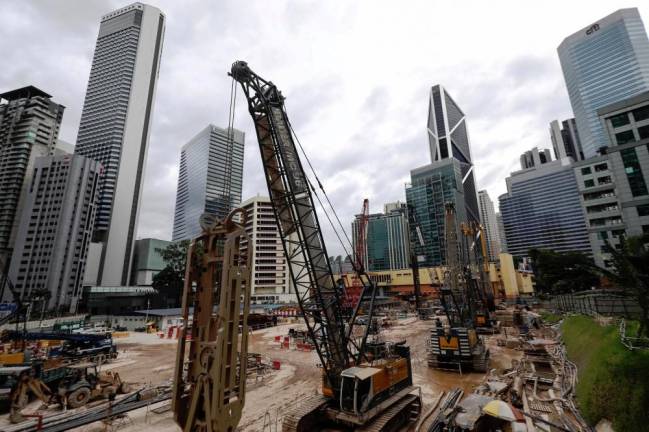PETALING JAYA: The near-term outlook for the building materials sector remains challenging despite the improving news flows for the construction sector stemming from the revival of various construction activities, according to Hong Leong Invest-ment Bank (HLIB) Research.
It said that construction activities should remain tepid for the second half (2H) of the year before gradually picking up in the first half of next year.
For the cement subsector, HLIB Research believes that consumption will remain lacklustre for 2H’19 on the back of still-weak property development and construction, as work on mega project revivals have yet to begin, which will translate to a weak near-term cement price.
Meanwhile, it also noted that the price of coal, a key energy source in cement production, has fallen by more than 20% since December 2018. This should help to lower production costs.
“Beyond 2019, we expect cement prices to recover gradually, as construction activities pick up (expected by 1H’20),” it said.
However, the research house reckoned the expected pick-up next year will happen on a gradual basis as work contribution from mega project revivals may be partially offset by lower construction contract awards following the 14th General Election and weak property sentiment, which translates to low property development activities.
Primarily, the tepid construction activities are expected to be a primary driver for a weak near-term prospects for steel sub-sector, along with a new market entrant, Alliance Steel.
“Demand aside, we believe rising iron ore price (one of the key inputs in making steel) will push steel production costs higher, and this will squeeze profitability of steel producers further,” HLIB Research said.
Although the price of iron ore is expected to ease from its recent high due to high iron ore inventory levels and lower steel production in China, HLIB Research opined that it would take a while for the iron ore price to normalise from its previous level of US$80 (RM355.48) per metric ton, hence resulting in high production cost in the near term.
However, the research house believes that the risk of dumping of steel products into Malaysia remains remote for the moment, until the safeguard measure expires by mid-April 2020.
“Besides, we note that steel prices in China are higher than in Malaysia, even before taking the safeguard duties into account.”
For the construction materials sector, the research house expects the subdued earnings performance of cement and steel players to persist in the second half of this year.














